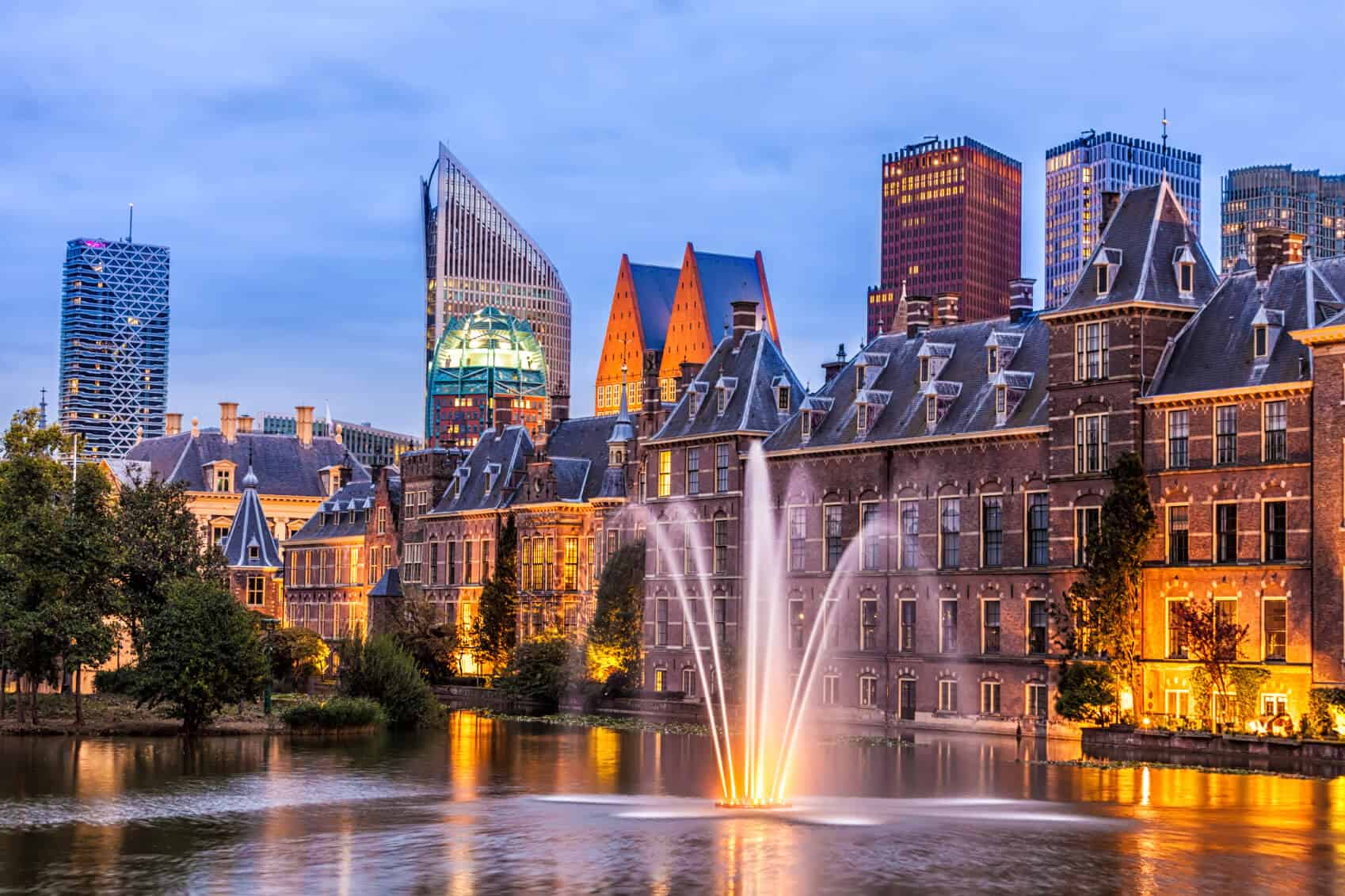The Hague's Lanterns: A Historical Overview
In the heart of The Hague, the soft glow of historic lanterns illuminates the cobblestone streets, offering a glimpse into the city's rich past. These lanterns, some dating back to the 19th century, are more than just streetlights; they are a testament to the city's commitment to preserving its history.
Craftsmanship and Design

Each lantern in The Hague is a work of art, crafted with intricate designs that reflect the architectural styles of their time. The wrought iron frames, often adorned with floral motifs and ornate scrollwork, showcase the skill of the artisans who created them. The glass panels, sometimes tinted or etched, add a unique character to each piece, casting a warm, inviting light.

The Role of Gas Lighting

Originally, these lanterns were powered by gas, a revolutionary technology in the 19th century. Gas lighting not only provided a more reliable source of light compared to oil lamps but also allowed for greater control over the intensity of the illumination. This advancement played a crucial role in urban development, making streets safer and more accessible after dark.
Preservation Efforts
Today, The Hague's lanterns are meticulously maintained by the city. Restoration projects ensure that these historical artifacts remain functional and true to their original design. This involves careful cleaning, repairing damaged components, and sometimes replacing parts with historically accurate replicas.
A Symbol of Continuity
The continued presence of these lanterns in The Hague serves as a symbol of continuity amidst the city's modern developments. They remind residents and visitors alike of the city's enduring legacy and the importance of preserving cultural heritage. Walking under their glow, one can't help but feel connected to the generations that have walked these streets before.










